1. Bourbon Street, New Orleans, LA
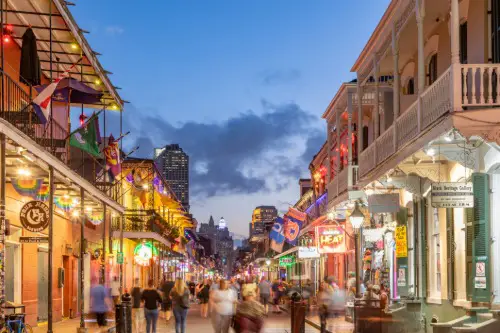
Bourbon Street is legendary for its nonstop party atmosphere, but once the bars start shutting down, it’s a different story, according to Jack Brook, Jim Mustian, and Sara Cline from AP News. After midnight, especially on weekdays, the vibe can get sketchy fast—drunken stragglers, occasional petty crime, and a general sense of unpredictability. Locals tend to avoid it late at night unless they’re working in the area or showing out-of-towners around. The police presence thins out once the crowd dies down, and that’s usually your cue to head out.
Even though it’s a major tourist magnet, the narrowness of the street and pedestrian-heavy zones make it uncomfortable for driving, especially after dark. The road itself is uneven, and intoxicated pedestrians don’t always follow crosswalk rules. You’re more likely to get stuck behind a party-goer dancing in the street than make it through quickly. All in all, not a fun late-night driving route.
2. Skid Row, Los Angeles, CA
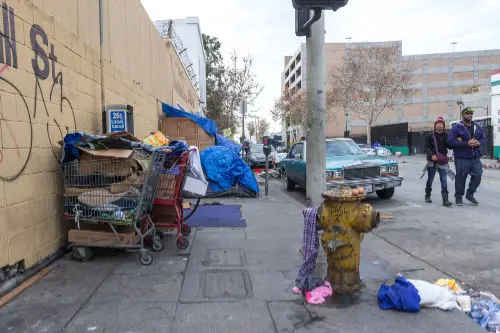
Skid Row in downtown LA is infamous for its concentration of homeless encampments and decades-long struggle with poverty and crime, according to Emily Lefroy from Daily Mail. Driving through it after dark, especially past midnight, isn’t just uncomfortable—it can be downright unsettling. Many locals deliberately avoid this area late at night because of the erratic behavior often associated with untreated mental health issues and drug use. The LAPD even adjusts patrol strategies in this area to accommodate for the increased unpredictability after hours.
The infrastructure is also in rough shape, with poorly lit roads and lots of debris that can make night driving hazardous. GPS apps often reroute drivers around it late at night, especially rideshare services. It’s not about fear-mongering—it’s just one of those places where situational awareness is essential. Even folks familiar with the area usually avoid it after midnight if they can.
3. 8 Mile Road, Detroit, MI

8 Mile Road is a major dividing line in Detroit, both literally and culturally. At night, especially after midnight, it can feel tense depending on which section you’re in—there are stretches where crime is statistically higher and the street activity gets unpredictable, according to Amber Ainsworth from FOX 2 Detroit. While it’s a crucial thoroughfare during the day, the late-night scene is a different animal. Locals often say you can “feel” the shift as the city quiets down and shadows seem to grow longer.
Potholes, poor lighting, and inconsistent police patrols in certain sections make it a less-than-ideal road to cruise at night. While Eminem made it famous, no one’s filming music videos on 8 Mile after dark. Many drivers opt for freeway routes to bypass the more isolated and neglected parts. Unless you know exactly where you’re going, it’s best to steer clear once the clock strikes twelve.
4. Kensington Avenue, Philadelphia, PA
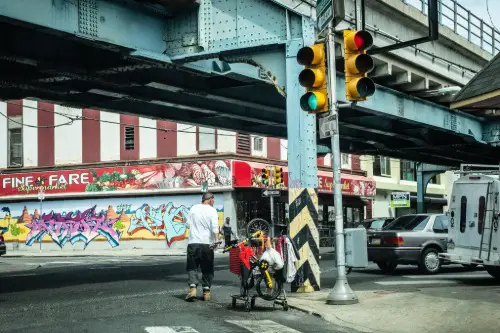
Kensington Avenue has gained viral notoriety in recent years for the open-air drug use and visible homelessness crisis that has plagued the neighborhood, according to Megan Myers and Jon Michael Raasch from Fox News. While efforts are being made to improve the situation, driving through there after midnight still exposes you to some truly raw urban scenes. Locals avoid the area unless absolutely necessary, and even emergency responders proceed with caution. It’s not uncommon to see people wandering into the road or nodding off at bus stops.
From a driving standpoint, it’s chaotic—poor visibility, pedestrians behaving unpredictably, and cars stopped in awkward spots. Kensington at night feels less like a road and more like a live documentary in motion. It’s not about disrespect, it’s just not the safest or easiest place to drive through. After dark, people who know Philly know to take a different route.
5. Lower Wacker Drive, Chicago, IL

Lower Wacker Drive has a certain cinematic appeal—The Dark Knight, anyone?—but that gritty, underground vibe also makes it creepy after midnight. It’s a multi-level roadway that’s easy to get lost in if you’re not familiar with it, and at night, the GPS signals often glitch. The low lighting and echoey emptiness make it feel like you’re driving through a post-apocalyptic tunnel.
There are very few pedestrians down there, but the isolation can be unnerving. Accidents and breakdowns can be particularly stressful because help isn’t always nearby or quick to arrive. Taxi and rideshare drivers famously dislike navigating it late at night, especially with drunk passengers giving spotty directions. If you don’t know it well, it’s best to stay above ground after midnight.
6. Martin Luther King Jr. Boulevard, St. Louis, MO
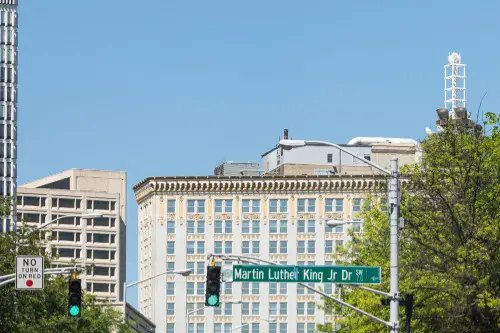
Many cities have a street named after Martin Luther King Jr., but the one in St. Louis has a particularly rough reputation after hours. This stretch has struggled with long-term disinvestment, and after midnight, it can feel completely deserted—or the opposite, with sporadic bursts of unsettling activity. Carjackings and robberies have been reported here in the early morning hours, and businesses tend to shutter early, leaving the street eerily empty. Even locals familiar with the area tend to avoid unnecessary late-night drives down this road.
From a driver’s perspective, it’s not well-lit and some stretches are filled with potholes or debris. There’s also a lot of jaywalking and sudden foot traffic that makes it hard to predict what’s coming next. Emergency vehicles are a common sight, which adds to the uneasy vibe. It’s one of those roads where you really start double-checking that your doors are locked.
7. Nevada Avenue, Colorado Springs, CO
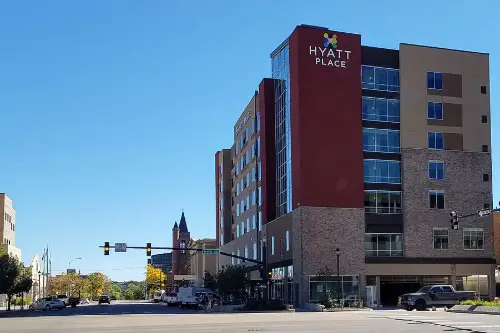
Nevada Avenue runs through a good portion of Colorado Springs, and while it’s totally normal during the day, the energy changes dramatically at night. Especially in the southern parts of the street, crime rates jump and it becomes a bit of a hotspot for drug activity and occasional violence. Locals often refer to the “two Nevadas”—the nice, clean north, and the grittier, unpredictable south. If you’re driving it after midnight, the wrong turn can make a huge difference.
There’s also a lot of loitering near gas stations and motels along the road late at night. The area isn’t particularly well-lit and has a number of side streets that feel like they lead nowhere. If you’re unfamiliar with the layout, it’s easy to make a wrong turn and end up somewhere sketchy. Most people who know the city would say to just take I-25 after midnight instead.
8. The Tenderloin’s Eddy Street, San Francisco, CA
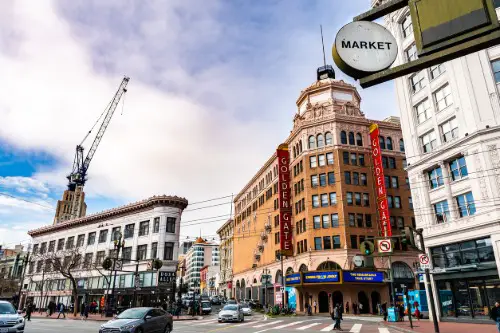
Eddy Street cuts right through the heart of San Francisco’s Tenderloin District, an area known for its complicated blend of dense urban poverty, drug use, and unhoused populations. During the day, it’s busy but somewhat manageable. After midnight, the scene can feel straight-up chaotic—dealings in plain sight, shouting matches, and unpredictable pedestrian traffic. Even longtime residents will say it’s not a place to casually cruise through after dark.
The street itself is narrow and often double-parked, making driving tense at best. It’s easy to get stuck behind a stalled vehicle or someone doing something shady. Rideshare drivers are notorious for avoiding pickups here past midnight unless the fare is sky-high. There’s just too much going on in too small a space to feel remotely safe in a car.
9. Crenshaw Boulevard, Los Angeles, CA
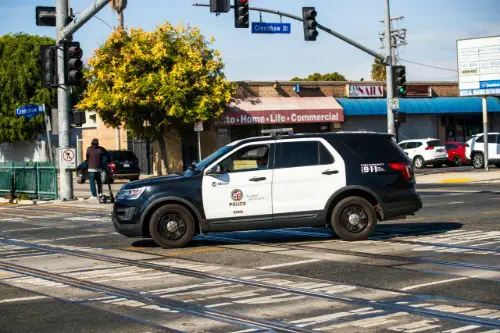
Crenshaw has deep cultural significance in LA, especially in South Central, but it’s also seen its fair share of trouble. While it’s undergoing some revitalization and has strong community roots, certain segments are still known for gang activity and violence, particularly late at night. After midnight, the streets quiet down, but the tension doesn’t necessarily go away—it just becomes more concentrated. You’re more likely to encounter street racing or unexpected activity at an intersection than peaceful, open roads.
Driving here after hours also means dealing with aggressive drivers and stretches of poorly maintained road. Certain parts of Crenshaw are prone to sideshows—impromptu car shows with donuts and burnouts—which can be dangerous if you’re caught in the wrong lane. Police patrols aren’t always timely, and response can be slow in the middle of the night. If you’re not a local, it’s easy to get in over your head.
10. Canal Street, New York City, NY
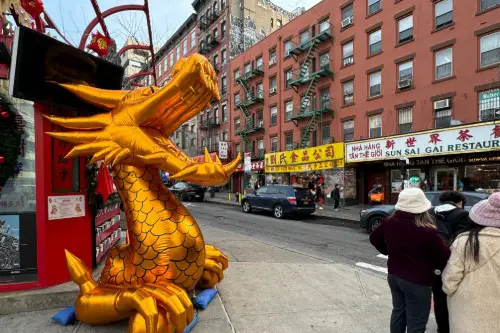
Canal Street is loud, chaotic, and very, very New York—but after midnight, it gets weirdly empty and kind of eerie. The area is known for knock-off goods and daytime hustle, but at night, the dynamic changes entirely. There’s still some foot traffic, but it’s mostly delivery trucks, stragglers, and random characters drifting through the shadows. For drivers, the late-night vibe feels like a holdover from a crime thriller.
The road is tight and cluttered with leftover debris from vendor stalls and late-night garbage runs. Potholes are plentiful and the lanes are confusing even during daylight hours. If you’re unfamiliar with the traffic patterns, it’s easy to miss a turn or end up on a street you didn’t intend. Between the noise, random honking, and strange late-night encounters, most folks would rather not drive Canal after midnight unless they have to.
11. Florida Avenue, Washington, D.C.

Florida Avenue cuts through several neighborhoods in D.C., and while some parts are trendy and bustling, others still grapple with serious crime after dark. Around midnight, particularly in the Northeast section, the street can feel tense, and there have been incidents involving carjackings and robberies in recent years. Locals are cautious, often rerouting to avoid certain intersections late at night. Even delivery drivers have been known to skip this stretch after a certain hour.
The traffic signals are oddly spaced, and street lighting is hit-or-miss, especially near older parts of the avenue. Drivers unfamiliar with the area can easily find themselves disoriented or stuck in an awkward lane. Add to that the random mix of foot traffic, from college students to sketchier elements, and it’s a risky blend. For peace of mind, it’s better to take another route if you’re heading through D.C. past midnight.
12. West Colfax Avenue, Denver, CO
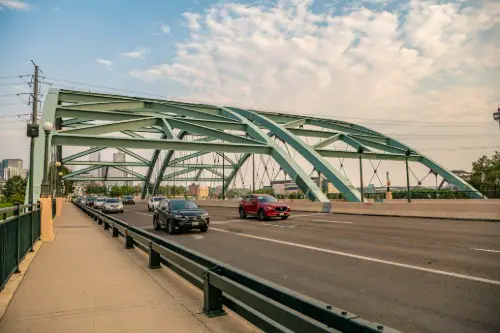
West Colfax is a well-known Denver corridor, famous for its quirky history—but also its reputation for crime and late-night weirdness. It’s improved a lot in recent years, but some stretches still feel unsafe after hours, especially near the motels and older businesses. Police have long considered certain blocks “high priority” for patrols due to drug activity and occasional violence. After midnight, even locals say the energy gets strange and unpredictable.
Driving-wise, West Colfax is a bit of a headache—long lights, inconsistent lane widths, and people darting across the street randomly. The lighting is uneven and there are plenty of spots where you can’t quite tell what’s coming next. Add to that the late-night bar traffic and you’ve got a mix of drunk drivers and jaywalkers to worry about. It’s one of those places that feels totally different once the sun goes down.
13. Broad Street, Newark, NJ

Broad Street is one of Newark’s main arteries, and while it hums with activity during the day, it empties out fast once the businesses close. After midnight, it can feel desolate, especially around the stretch near downtown where old buildings loom and foot traffic is scarce. Crime can spike late at night in surrounding areas, and drivers are wary of unexpected encounters at traffic lights. The contrast between the busy daytime and the silent night scene is jarring.
From a road quality standpoint, it’s not great—uneven pavement, random construction zones, and a lack of clear signage. Nighttime driving can get even more confusing with the occasional blocked-off lane or detour. It’s easy to feel exposed when you’re the only car at a red light in the middle of a dimly lit block. Unless you’re headed somewhere specific, most people familiar with Newark will tell you to skip Broad Street after hours.


